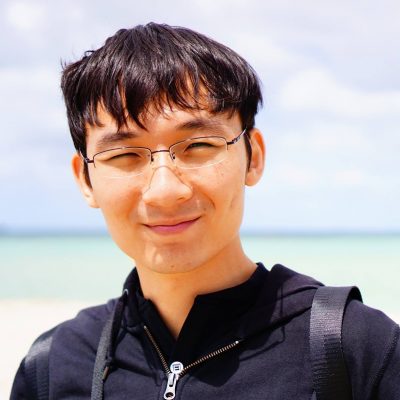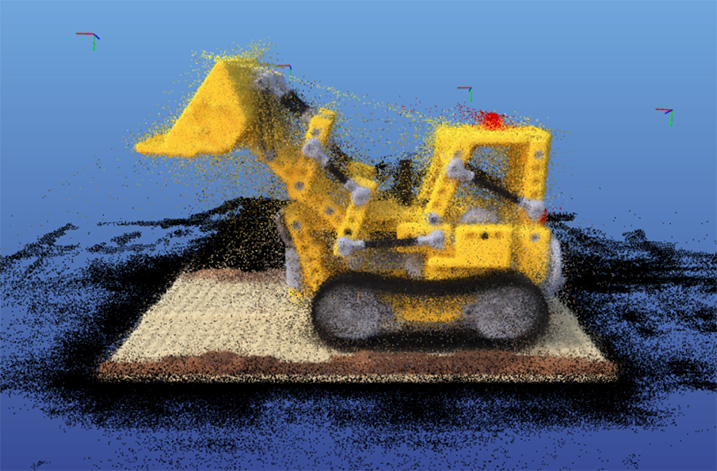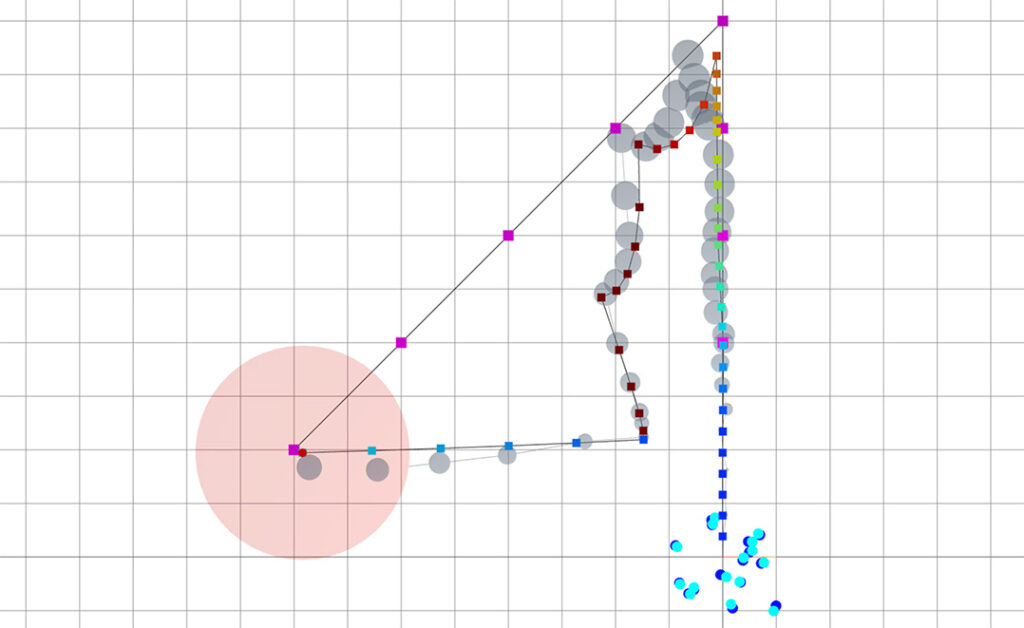Hi! I'm Pang.
My research aims to enable robots to bravely and intelligently make contacts.
About Me

I’m Tao Pang, a roboticist at the Boston Dynamics AI Institute (BDAII). Before BDAII, I did my PhD in robotics at MIT, advised by Prof. Russ Tedrake. I’m interested in designing planning and control algorithms for contact-rich interactions between robots and and their surrounding environment.
Prior to MIT, I received my M.Eng. (EE) from the National University of Singapore (NUS), advised by Prof. Ben M. Chen. I also received my B.Eng. (ME) from NUS, with the Lee Kuan Yew Gold Medal.
CV | Google Scholar | Github | Youtube | LinkedIn
Research
Planning for Contact-rich Manipulation
Combining smoothing, quasi-dynamic models and RRT, our planning-through-contact algorithm can power through local minima and the exponential explosion of contact modes, and generate complex contact-rich manipulation plans such as the one shown on the right.
- Global Planning for Contact-Rich Manipulation via Local Smoothing of Quasi-dynamic Contact Models, in IEEE Transactions on Robotics (T-RO), 2023. [pdf][website][MIT News]
T. Pang*, H.J.T. Suh*, L. Yang, R. Tedrake. - Bundled gradients through contact via randomized smoothing, in IEEE Robotics and Automation Letters (RA-L), 2022. [pdf][video]
H.J.T. Suh*, T. Pang*, R. Tedrake.
Quasi-static Rigid Body Dynamics
Rigid body systems are close to force equilibrium for many robotic manipulation tasks (e.g. the one on the right). This assumption allows simulating such systems with much larger time steps, as indicated by the choppiness in the video, than using second-order dynamics. Therefore, quasi-static models are more amenable for planning, as the planner can look further into the future while taking fewer steps.
Contact Force Estimation & Control from Joint Torque
Whole-body contact force estimation using only joint-torque measurements has severe limitations. Nevertheless, under the right circumstances, they can keep both the robot and the environment safe when accidental collision happens. As shown on the right, the robot bumped into an egg, but did not crush it!
- Easing reliance on collision-free planning with contact-aware control, in ICRA2022. [pdf][video]
T. Pang, R. Tedrake. - Identifying external contacts from joint torque measurements on serial robotic arms and its limitations, in ICRA2021. [pdf][video]
T. Pang, J. Umenberger, R. Tedrake.
Gasoline Variable-pitch Quadcopter
A strange creation that weighs 10 kg and can remain airborne for up to 3 hours by burning fossil fuel. It was built at a time when electric quadcopters were getting popular due to their mechanical simplicity, but could only fly for less than 30 minutes. Not any more.
Projects
3D Geometry Reconstruction from NeRF
Class project of MIT 6.869. I observed that in order for NeRF to accurately learn the object geometry, color needs to be a function of both spatial position and viewing direction.

Active SLAM for a Planar Robot
Class project of MIT 16.485, where I implemented a path planner that actively seeks to reduce pose uncertainty by returning to observed landmarks, in addition to SLAM with loop-closure.


